Buying Step 47 & 48: Settling Into Your Home
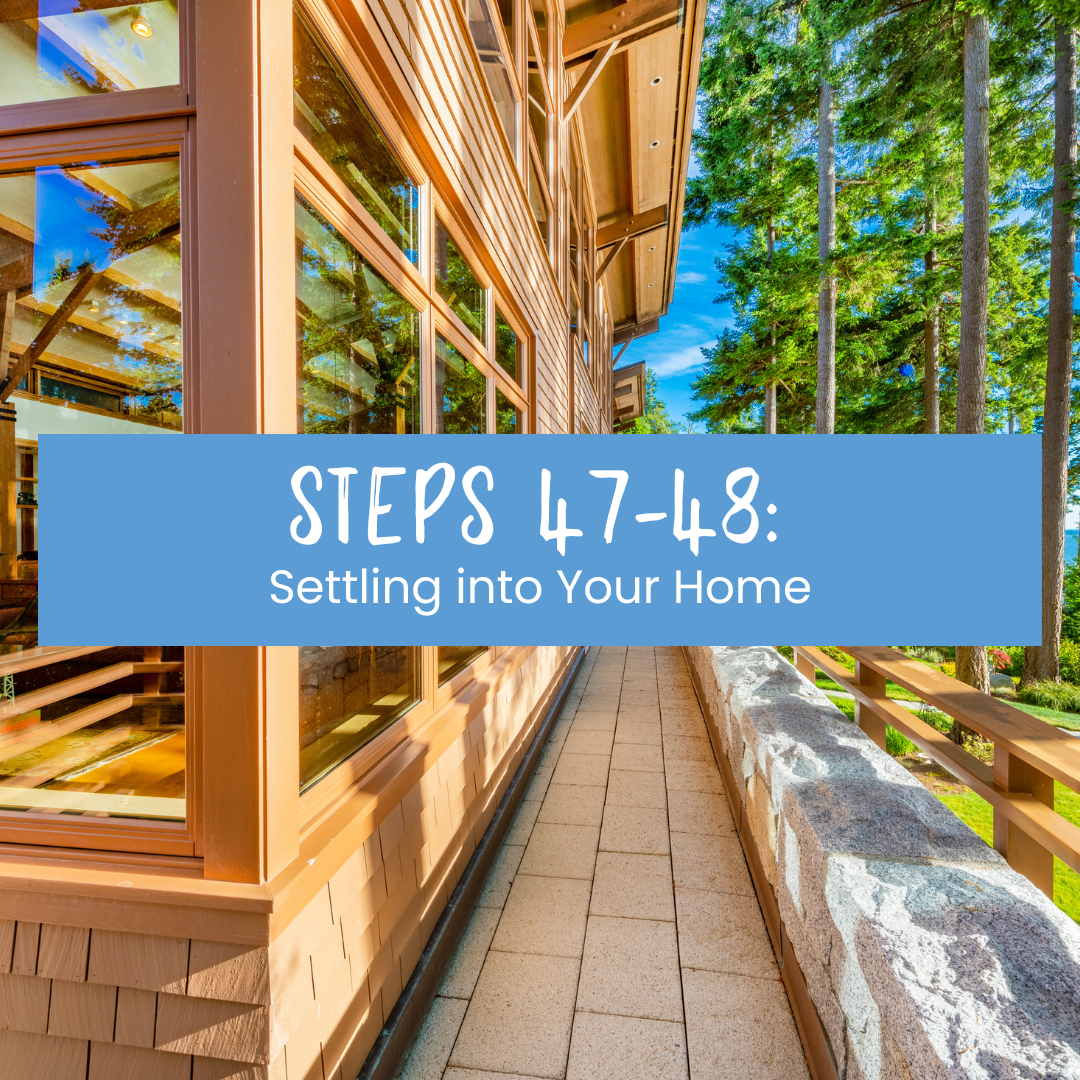
Step 47
You've closed on your first home. You got your keys. You got your rose-colored glasses. When you're a new homeowner, excitement, optimism, and simply not knowing what you don't know can make you look right past big problems in plain sight. Discover some advice for new homeowners with this illustration of a home that has nine maintenance problems. Can you spot all nine?
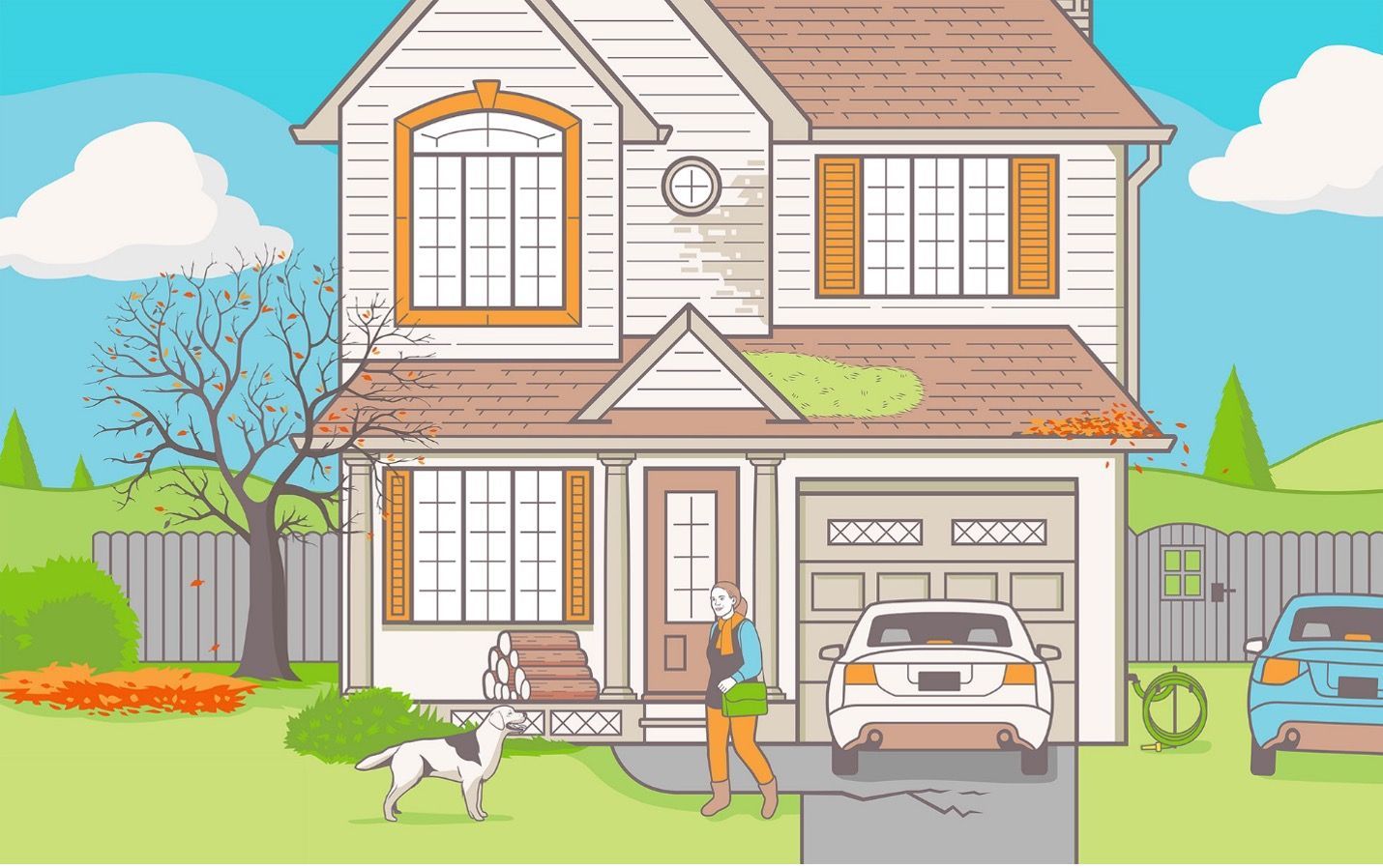
Find out if you’re right. Here are the answers:
#1 Tree Limbs Leaning Over the House
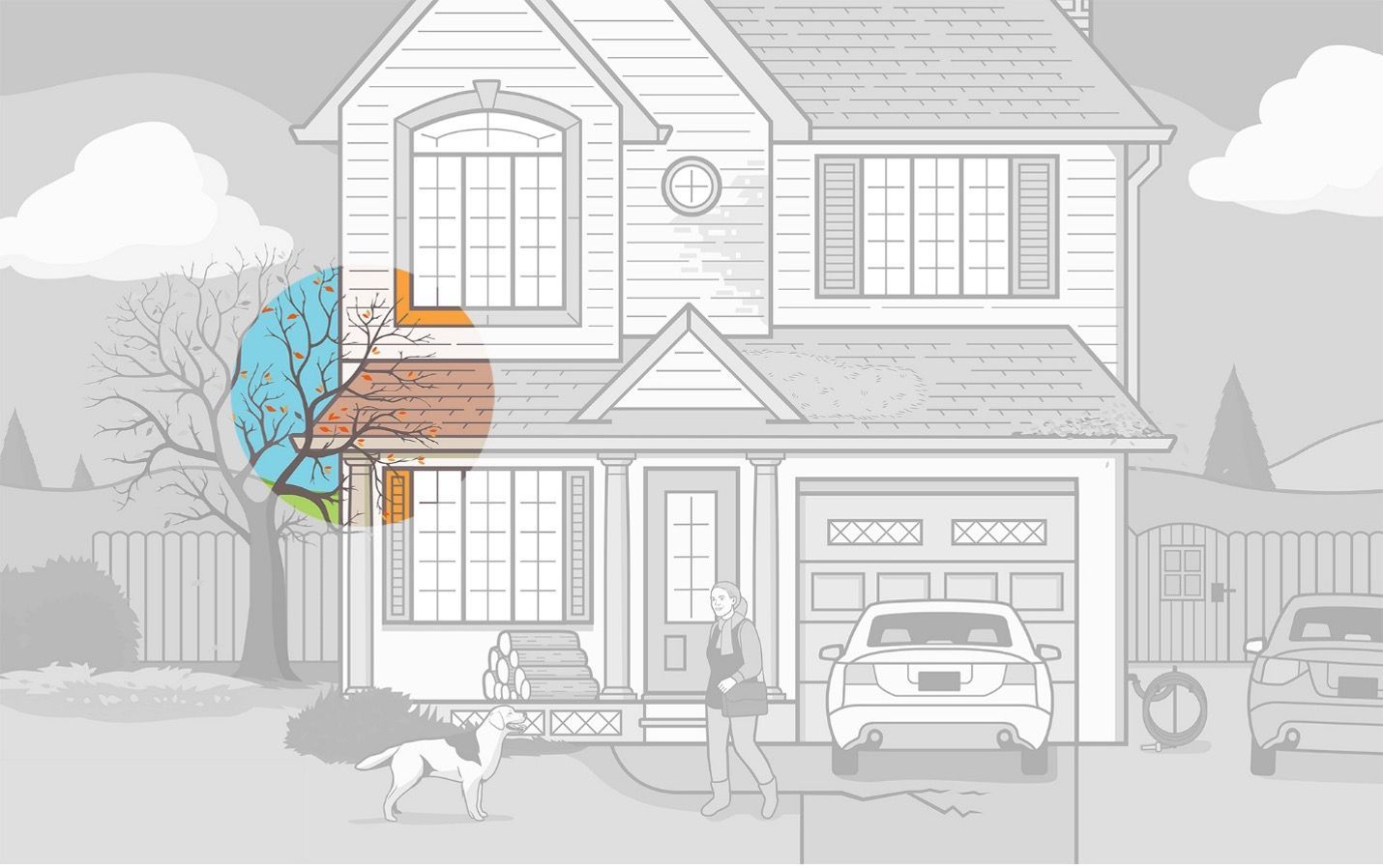
Yes, trees are lovely and shady, and they keep your house out of the sun. But they can also break off in a storm and fall on your house faster than you can say, “Hello, insurance company, there’s a hole in my roof!”
Those limbs can be a highway into your home for pests like raccoons and squirrels who might end up nesting in your attic or gnawing on electrical wires. So keep limbs trimmed at least six feet above the house.
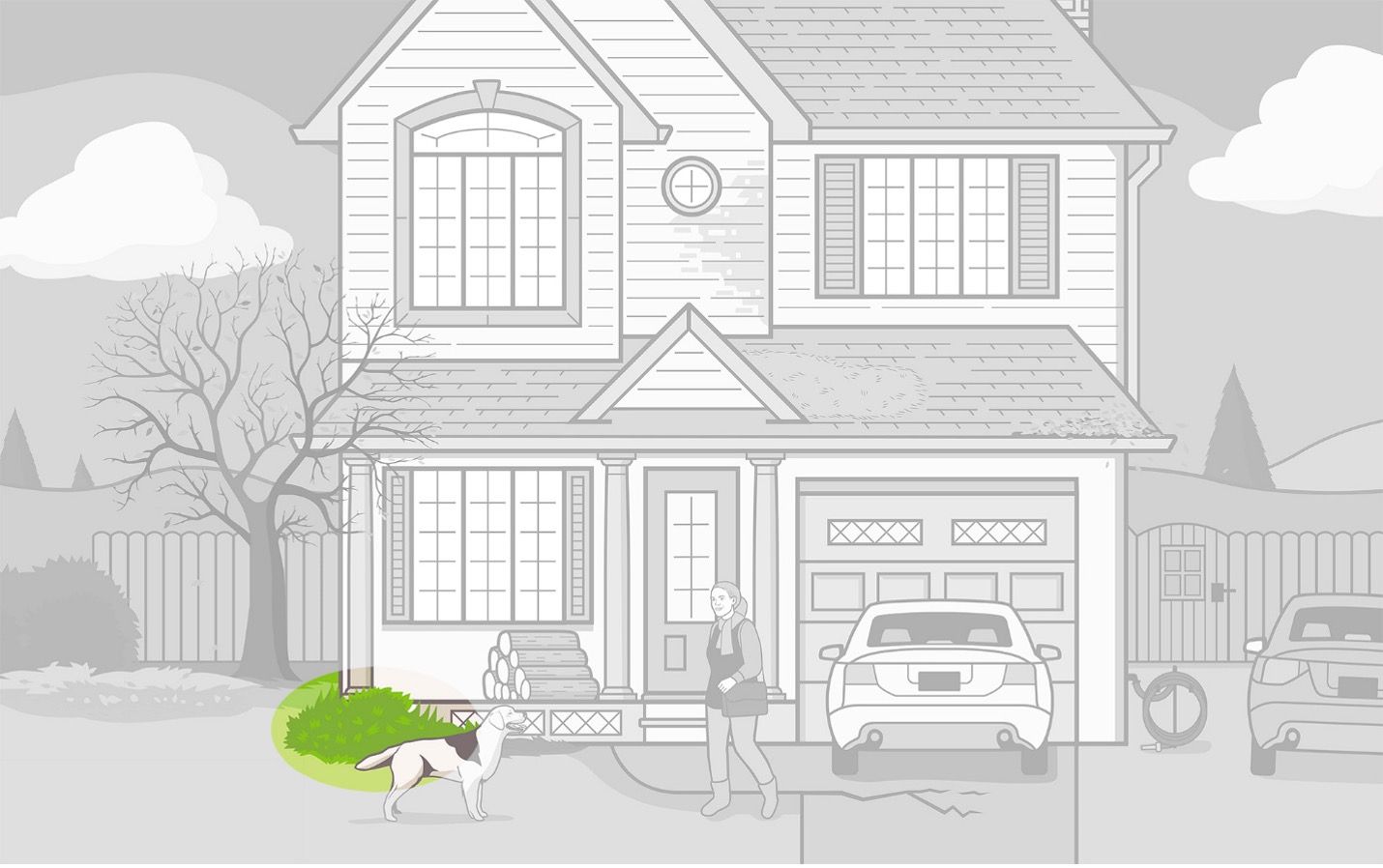
#2 Overgrown Grass
Holy moly, who knew grass grows so quickly?! But putting off mowing because you can't find the time or don't have a mower yet can come back to bite you. Long grass makes a great hiding place for rodents, who will hang there until they get a chance to scurry into your house. Avoid the risk, and just whack that grass.
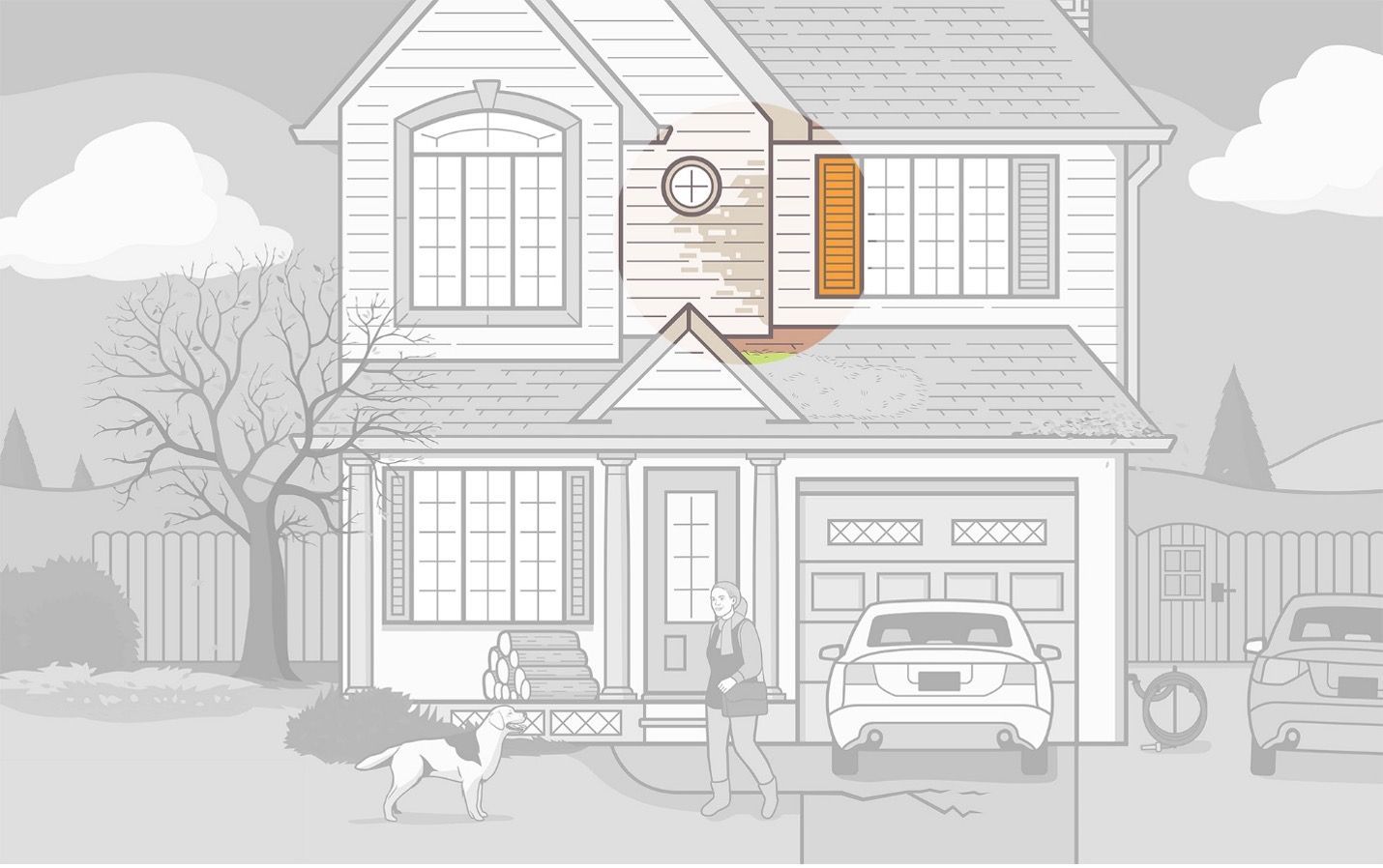
#3 Flaking Paint
Paint on your home's wood or stucco siding is the deflector shield of your house. If it's flaking, there are holes in your shield, and that's a problem. It lets in moisture that can rot the bones of your home. A little water turns into big trouble, fast. The more water that seeps in through those cracks, the bigger the cracks get, letting in even more water. So paint. Pronto.
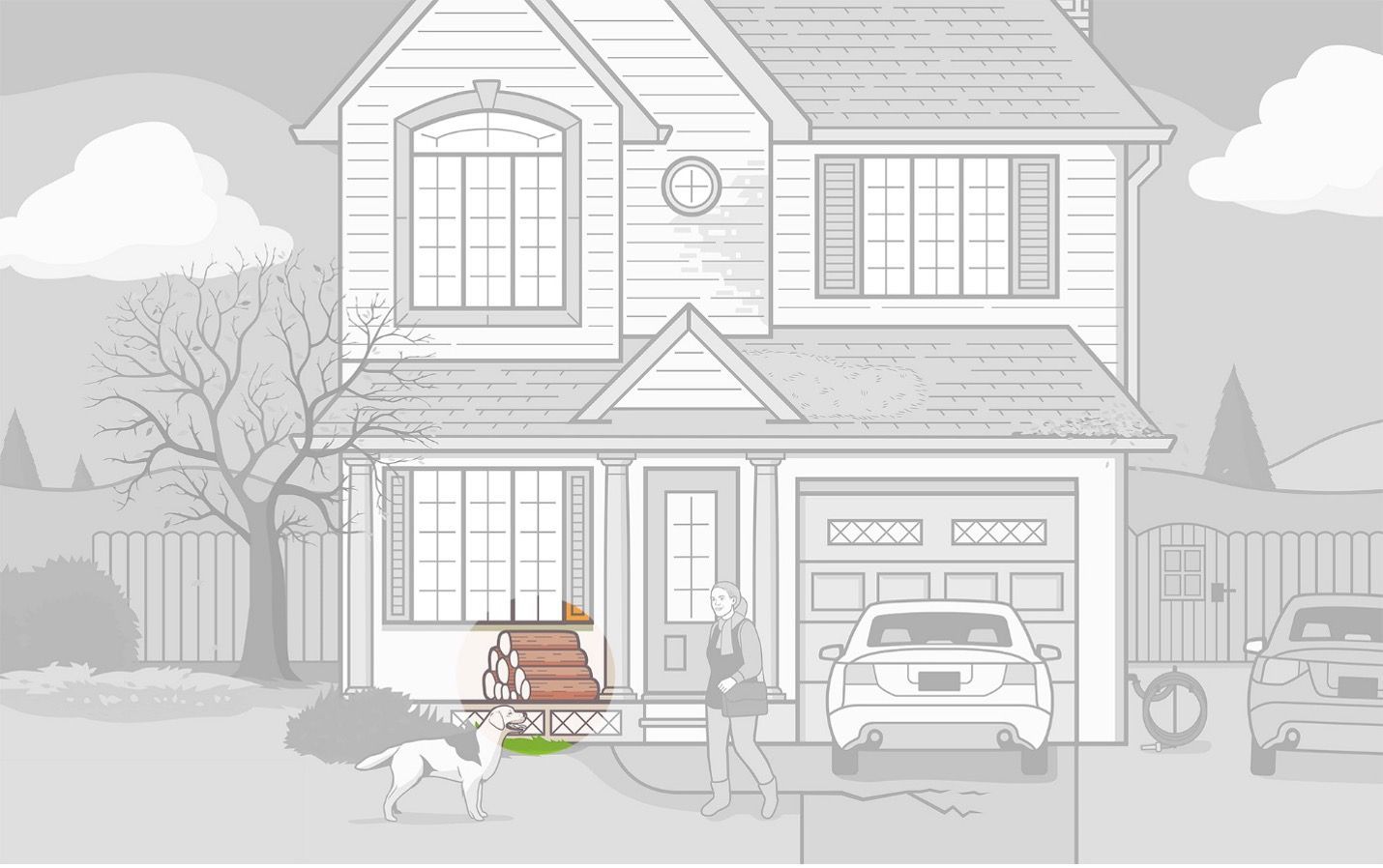
#4 Wood Pile Near the House
You've got your entire winter supply of firewood stacked right up against the house, so you'll never have to schlep wood in single-digit temps again. But. That woodpile can be a cozy winter home to a who's who of unwelcome critters like mice, termites, and cockroaches. Firewood storage outside should be at least 20 feet from your house. You can still keep a few logs near the door, just enough for a night or two. That way, your firewood stays handy, and the creepy crawlies don't have time to move in.
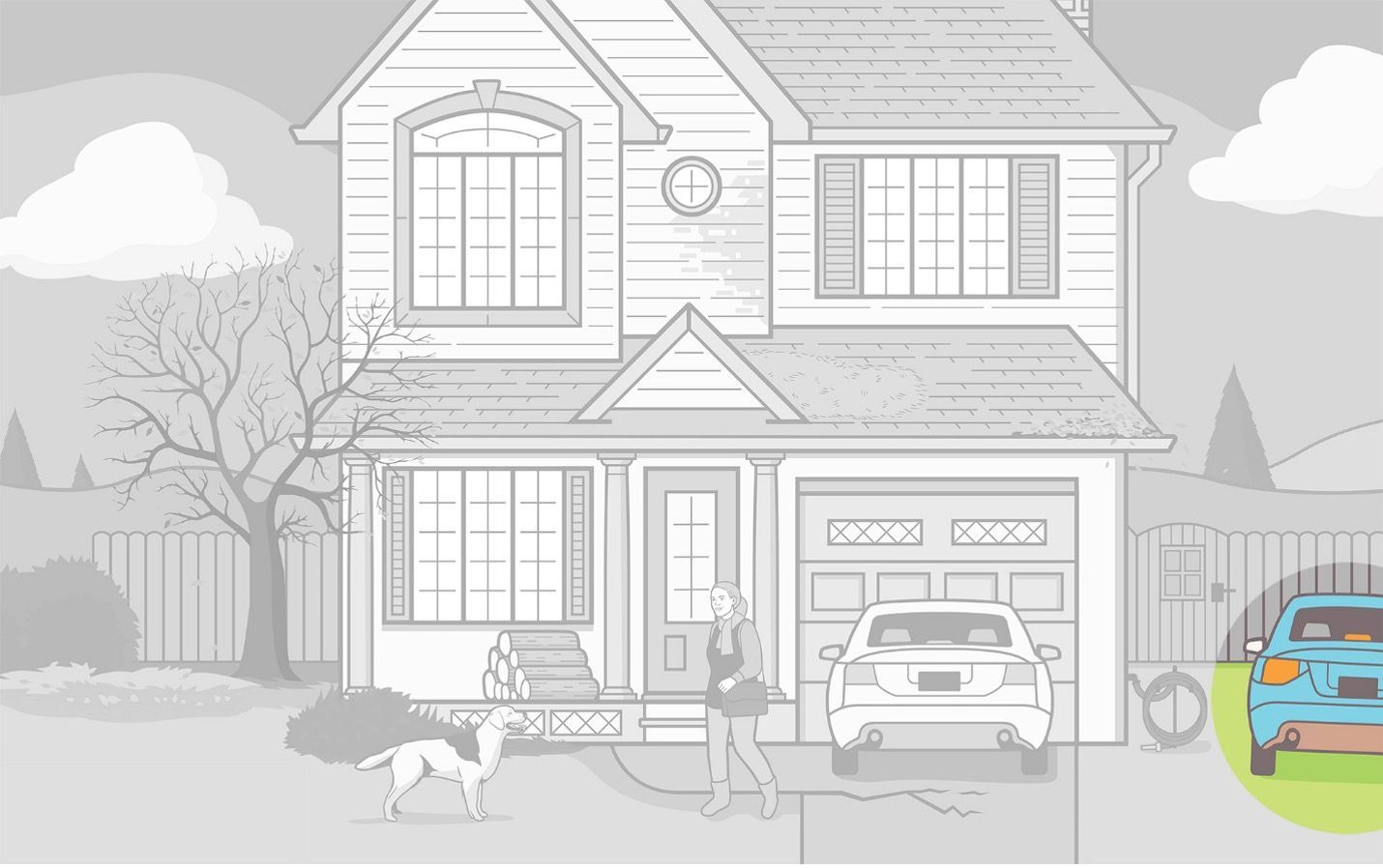
#5 Parking on Grass
You're house-proud, so you have your friends over all the time. But if you let them park on the lawn (your house, your rules, right?), the vehicles will sink into the yard, compact the soil, and crush the grass. Crushed grass becomes dead grass; weeds sprout in the dead spots; and soon your dying, weedy, tire-rutted yard starts chipping away at your house pride (and your home value).
DIY Tip
Create a gravel parking pad that can be returned to grass after you sell, or when those driverless cars become real. If you need more parking, expand your driveway. That's better for curb appeal than a dead lawn.
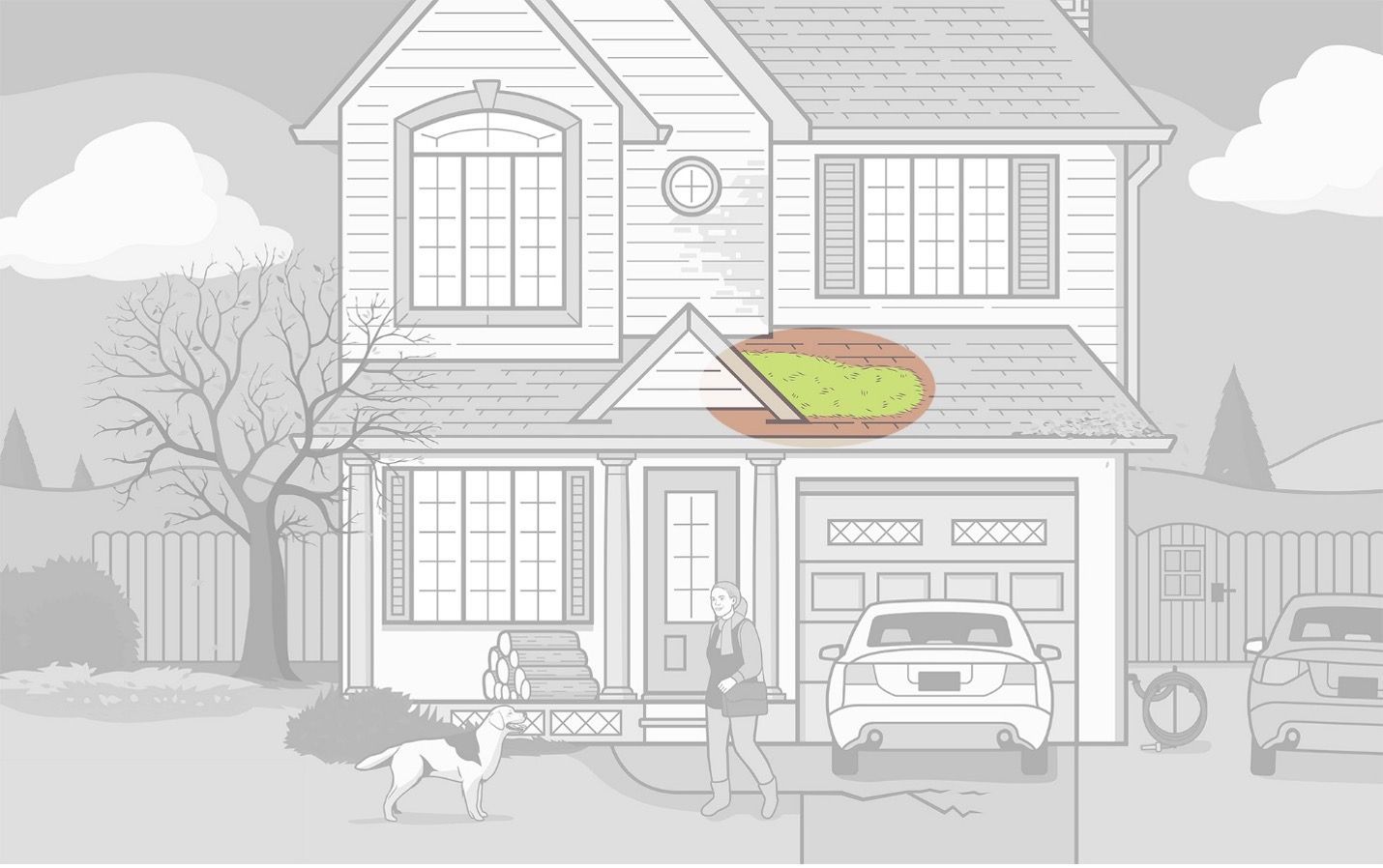
#6 Moss on the Roof or Siding
Yes, it's pretty and gives your house an enchanted-cottage look, but it will inflict damage to your home that will cost a small fortune to repair. Moss stores rainwater, causing mold to grow on the roof where it will seep into the wood beneath the shingles, into the attic, and then on indoor walls. Mold in your house = an allergy nightmare.
All that moisture will rot your roof, too. Same with mossy siding: water damage and mold await. Scrape that moss off as soon as you see it.
To prevent it from coming back, put zinc or copper flashing at the roof's peak. Rain dissolves a bit of the metal every time it falls, and it kills moss when it washes over the roof. To get moss off the siding, use a power washer.
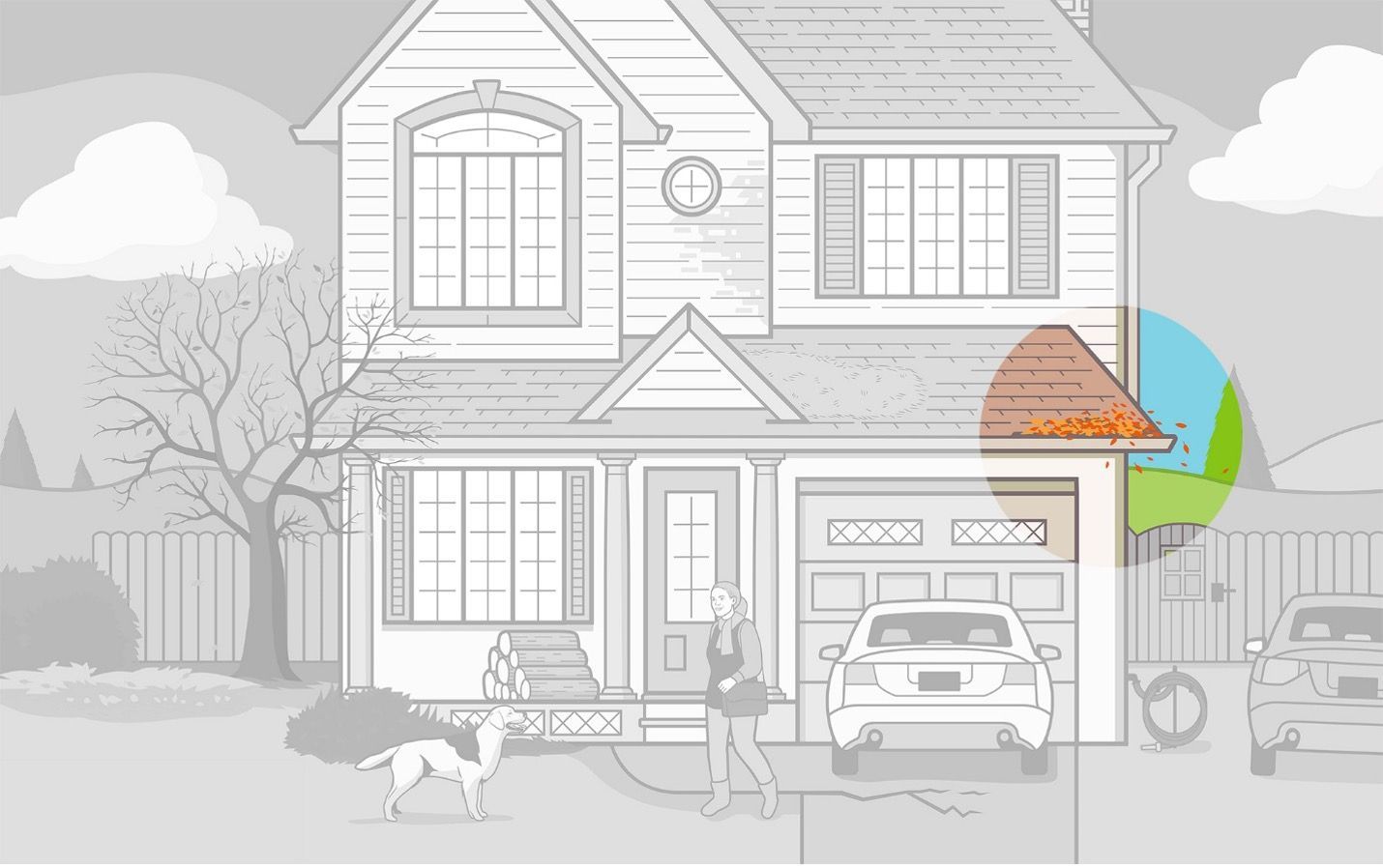
#7 Debris in Gutters
Clean out those gutters. It probably won't be the high point of your weekend, but it's worth it. When your gutters are full of leaves, sticks, and other gunk, they'll overflow when it rains, pouring water on the fascia and soffit (the parts of your house under the eave), eroding landscaping, or even making your roof leak. Clean-gutter bonus: You'll have fewer mosquitoes, who lay eggs in the water in clogged gutters. So clean them. Or hire someone to do it.
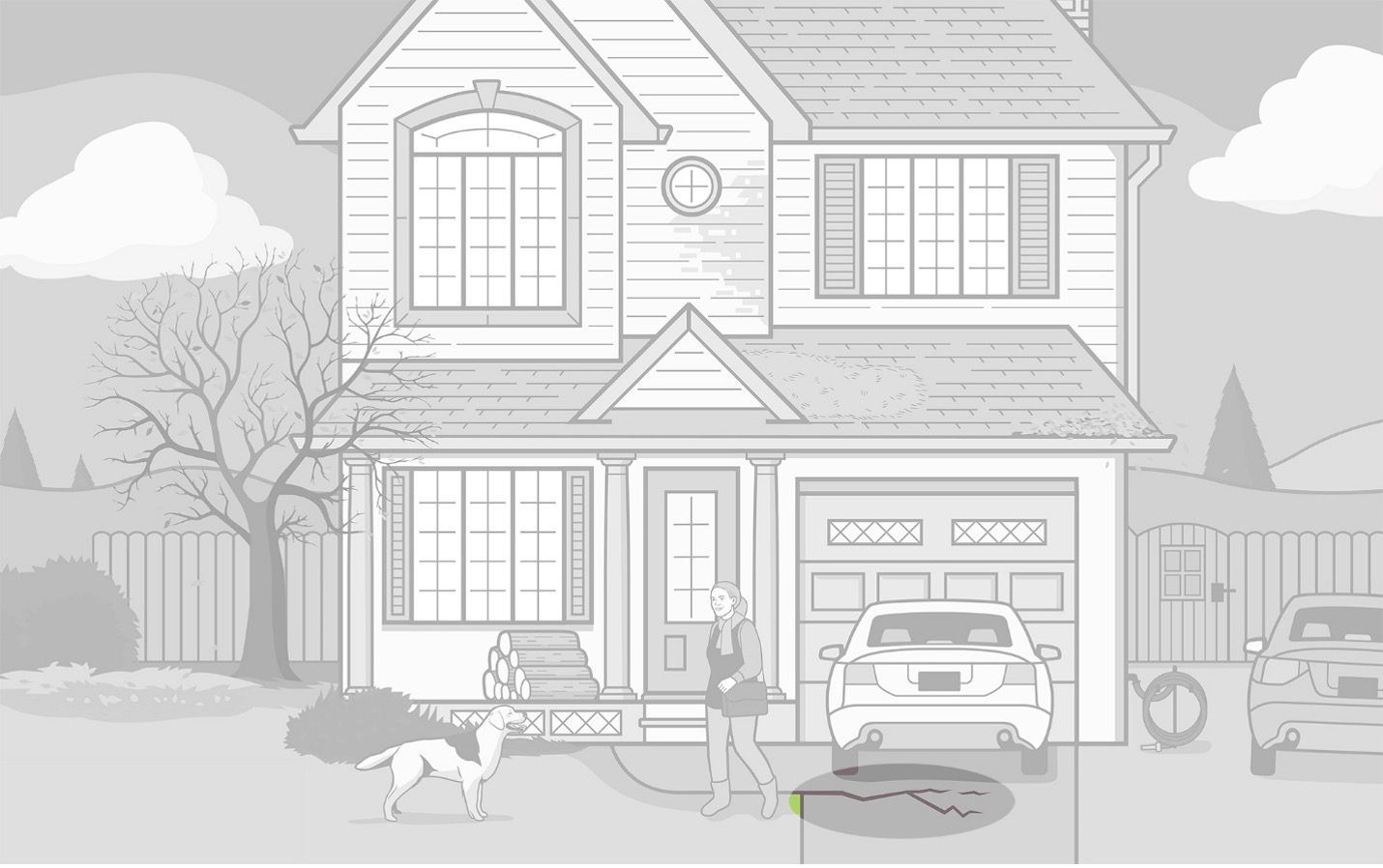
#8 Cracks on the Driveway
Melted snow will seep into driveway cracks, then freeze, expand, and make the cracks even bigger. That ice can even push up chunks of concrete, leaving you with a driveway disaster. In the fall, patch cracks with concrete to keep winter water out. Asphalt driveway? There are products to patch that, too.
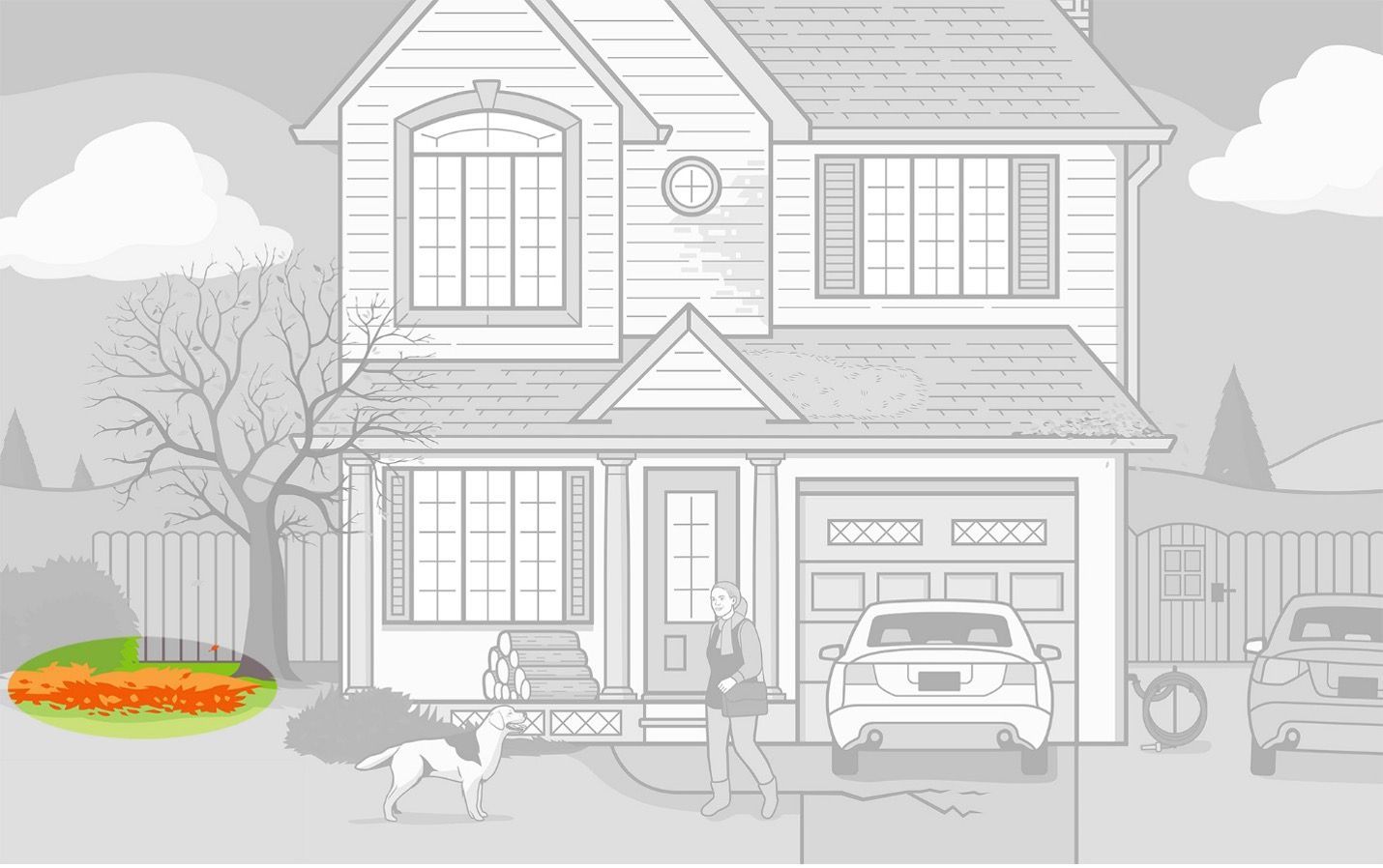
#9 Leaves Left on the Lawn
When you've put the mower away for the year and snow's just going to cover your lawn in a month anyway, why bother with the leaves? Your lawn may be done growing for the year, but its roots are alive and well. Leaving leaves on top of it can smother the grass and cause mildew, which will kill your yard. Then, when spring comes, your lawn will stay brown.
To avoid this, rake up the leaves in the fall. Or, if there's not an overwhelming amount, just run the mover over them. Collect them in your mower's bag, or let the tiny bits mulch your lawn.
Questions? Contact us at andi@andidyer(dot)com or 360-734-6479.
Step 48
If only homes were as user-friendly as a smartphone when you've got a problem. Need a ride? There's an app for that. Food? That, too.
Need to stop your toilet from overflowing? Oops, there's no app for that!
When it comes to your home, you are your own best app. If you want to be a top-rated app, uh, homeowner, you'll need to be able to identify these not-so-pretty (gross in some cases) bits and parts of your home.
(Truth: Even seasoned homeowners don't have a clue about some of these.)
#1 Sewer Cleanout Vent
Well, gird your loins. This is the thing you need to find and open if your sewage pipe is clogged (often the case if you've got toilets and sinks overflowing or refusing to drain).
Use a pipe wrench to get the lid off but prepare yourself because buildup can cause the sewage to spew out at you.
The sewer cleanout valve is typically outside the house, usually a few feet away from the foundation. It can be either above ground like in the picture above, or in a box below ground.
You'll need this next item to undo the clog (or a plumber if the ick factor is too much for you).
#2 Plumber's Snake
This tool doesn't look nearly as cool (or creepy, depending on your view of snakes) as its name implies, but you'll think it's pretty awesome when it saves you from calling the plumber.
Most homeowners are happy with the simple hand-cranked version pictured above because it works for common clogs in your sink and bathtub drains. You feed the coiled wire into the pipe to release the clog.
But there are other types of snakes (sometimes called augers) that are more specialized:
- A toilet auger, which is designed to be kinder to porcelain than other snakes.
- A motorized snake, for more significant problems, like sewage clogs mentioned above. They're pricey, but if you're a DIYer, you can rent one, which is cheaper than hiring a plumber.
#3 Dishwasher Trap
Add this circular, sunken filter to the list of places you don't want to think about but should: The trap in your dishwasher where all those food scraps go. Yeah. They don't just disappear.
And if you continue to live in dishwasher-trap denial, your dishes might not be so clean. Or your garbage disposal could clog, causing water to back up into the sink.
The trap, as you can see, resembles a grate, and is usually in the bottom of your dishwasher. For most, it's relatively easy to remove (check your manual). But prepare yourself. It might not be (or smell) pretty. And you'll need to wash it by hand — for apparent reasons — unless you're lucky enough to have two dishwashers.
#4 Water Shut-Off Valve
Head to the basement or an exterior wall of a utility area and look for the mainline that brings water into your home. Go ahead; we'll wait.
Is the Water On or Off?
Lever handles are typically parallel to the water pipe when on and perpendicular when off. Round handles go clockwise for off and counterclockwise for on.
Near the water meter, you should see a round handle (like an outdoor spigot) or a lever handle.
Whether you're facing a burst pipe, need to turn the water off to do some DIY work, or want to avoid costly mishaps during an extended getaway, this shut-off is your go-to.
#5 Water Pressure Regulator Valve
No, that's not a metal bell that a plumber decoratively added to your water pipe. That's the valve that keeps your water pressure from being too high — no more than 50 pounds per inch (psi).
Betcha right now, you're thinking, "Woohoo! I found the solution for a super-powerful shower!"
Don't do it. Pressure higher than 50 psi can cause leaking faucets, banging pipes, and ever-running toilets — eventually ruining your pipes and appliances. That's a hefty price for an intense shower.
But if you think your water pressure is too low, pick up a water pressure gauge and hook it to a faucet to test.
If it's below the recommended 50 psi, there could be several causes beyond the regulator, such as a leak or partially obstructed pipes.
So don't be tempted to adjust the regulator yourself to see if that's the problem. It's a touchy job best left to the pros, especially since it has no guides or marks to help you, and even the tiniest adjustment can change the pressure drastically.
#6 Sump Pump
It's your dirty little secret hidden in the basement. Under its trap door, working tirelessly for you. Every time there's a hard rain, this ugly bugger is chugging away to push water away from your home. (And if you haven't heard, yet, water is your home's No. 1 enemy.)
People often think sump pumps are just for floods, and while they are necessary for that, they also help when rainfall is so heavy that the ground can't absorb it all. When that happens, the ground pushes the water back up — and into your foundation.
And news flash: You don't have to be in a floodplain for this to happen.
This is why lots of homes have sump pumps because they push water away from your home and into your drainage system.
So if you have one, be sure to check on it once in a while to see that it's working properly (you can do this yourself — no plumber needed — check the manual), preferably every three or four months. And definitely before heavy storms.
Questions? Contact us at andi@andidyer(dot)com or 360-734-6479.

















